National foods and dishes with surprising histories
Lovefood Team
30 March 2017
Dishes with a surprising past
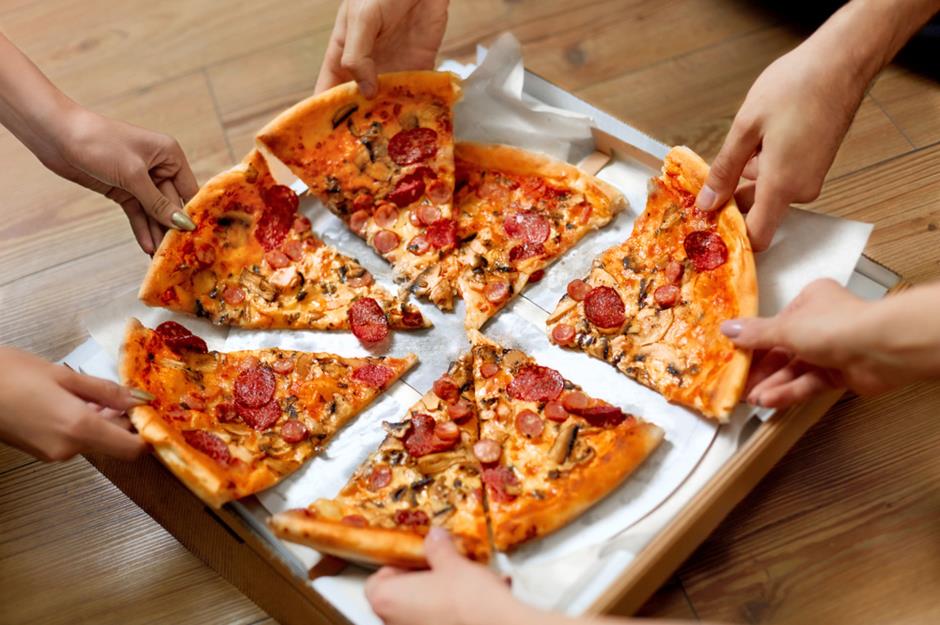
Puhhha/Shutterstock
Foods are often linked to a specific place and even take on that country’s identity, but dig a little deeper and you’ll find that they actually may have originated somewhere else entirely.
Bagels
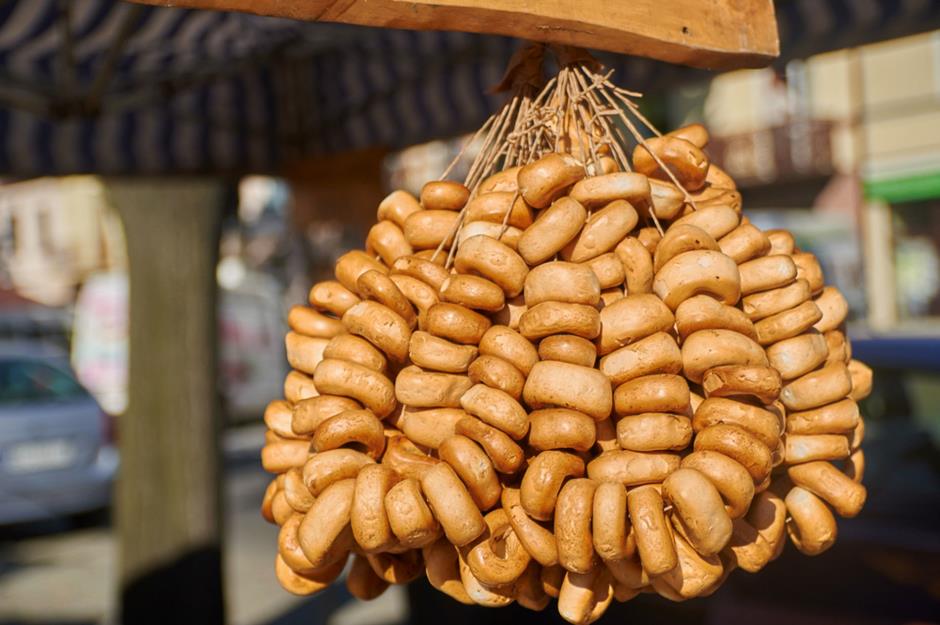
Krzycho/Shutterstock
Think of bagels and the US, New York especially, comes to mind, but the bagel, or beigel as it’s also called, is more Eastern Europe than East Village. The chewy bread is attributed to 17th-century Jews in Krakow, Poland, and the hole was for purely practical reasons, allowing the bagels to be threaded together for display or transportation.
Barbecue

Oneinchpunch/Shutterstock
Barbecues are popular in many countries though they’re synonymous with Australian ‘throw another shrimp on the barbie’ cuisine. So are they an Aussie invention? Nope. Spanish explorers discovered Caribbean Indians using a wooden framework called a barbacoa, a contraption used for smoking and cooking food as well as for storage and sleeping, and adopted it as a cooking implement. Other cultures followed suit.
Bobotie
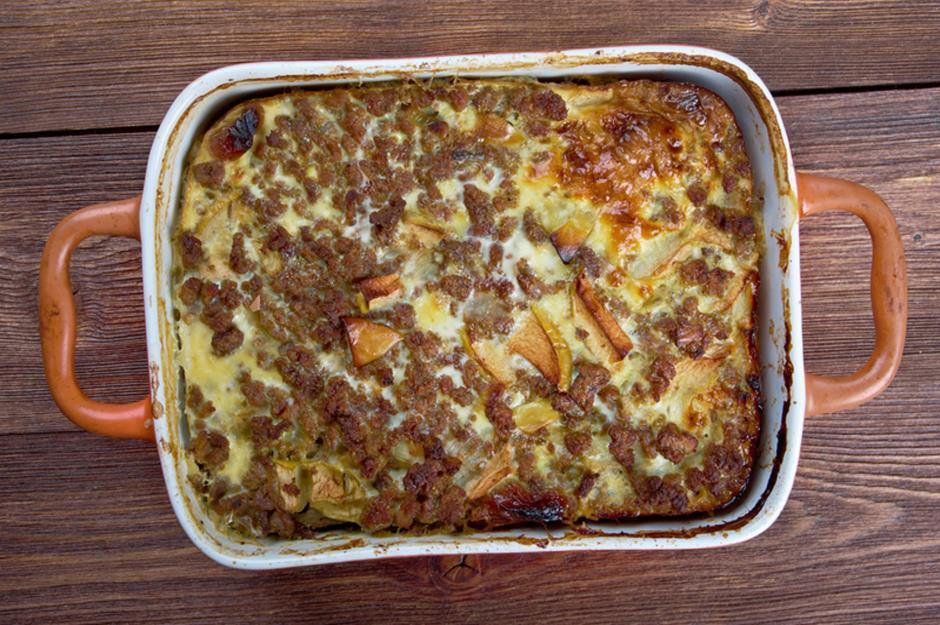
Fanfo/Shutterstock
South Africa’s national dish of spiced minced beef with a baked egg topping is likely to have come from Indonesia via Europe. The name and dish bear similarities to an Indonesian dish called bobotok and it could well be a derivative of it, brought to South Africa by Malay and Javanese slaves and exiles who became known as Cape Malays.
Chicken tikka masala
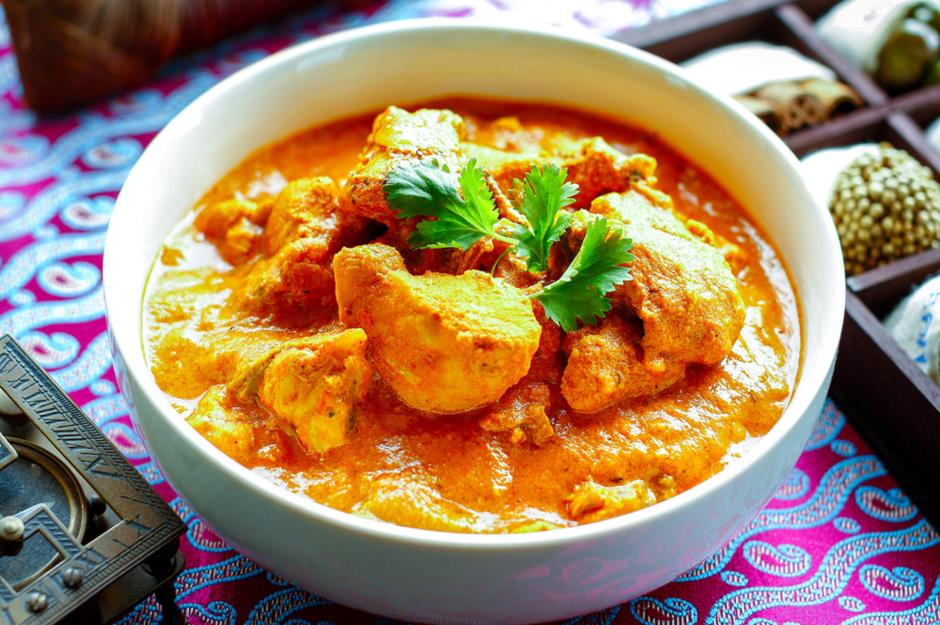
Clicksahead/Shutterstock
One of the UK’s favorite meals is erroneously thought to be a common dish in India, but if you travel to the country you’ll be hard-pushed to find it. Marinated chicken in a creamy tomato sauce is certainly Indian-inspired and is likely to have been invented by a Pakistani or Bangladeshi chef, but the dish evolved to cater to Western tastes either in Glasgow, Scotland, or another Indian restaurant that sprang up in the UK after World War II.
Churros

AGCuesta/Shutterstock
Churros – deep-fried doughy snacks – are indelibly associated with Spain and Latin American countries, where they’re served with hot chocolate or coffee. That connection will never be broken even though, in truth, it’s feasible that they evolved from the ‘youtiao’ of China’s Ming Dynasty (where many culinary techniques were invented) via Portuguese sailors, then absorbed into Spanish cuisine.
Coleslaw

Anna Hoychuk/Shutterstock
Have you ever considered where this poplar side dish comes from, apart from the local deli? Coleslaw is an anglicized version of ‘koolsla’, a cabbage salad brought to the US by Dutch settlers.
Croissants

Lara Yarochevska/Shutterstock
The croissant, which means ‘crescent’ in French, is the pastry most of us would say with absolute certainty is one of France’s culinary treasures. But it’s Austrian. Its predecessor, the kipferl, can be traced back to 13th-century Austria and was what native August Zang adapted when he left his country to open a bakery in Paris in the 1830s.
Donuts

Africa Studio/Shutterstock
Around 10 billion donuts are eaten in America every year but they’re not a US invention. Whole donuts (without the hole) are probably European and were brought over to the US by Dutch settlers. The hole is Uncle Sam’s, however; it’s credited to an American sailor called Hanson Gregory.
Fajitas
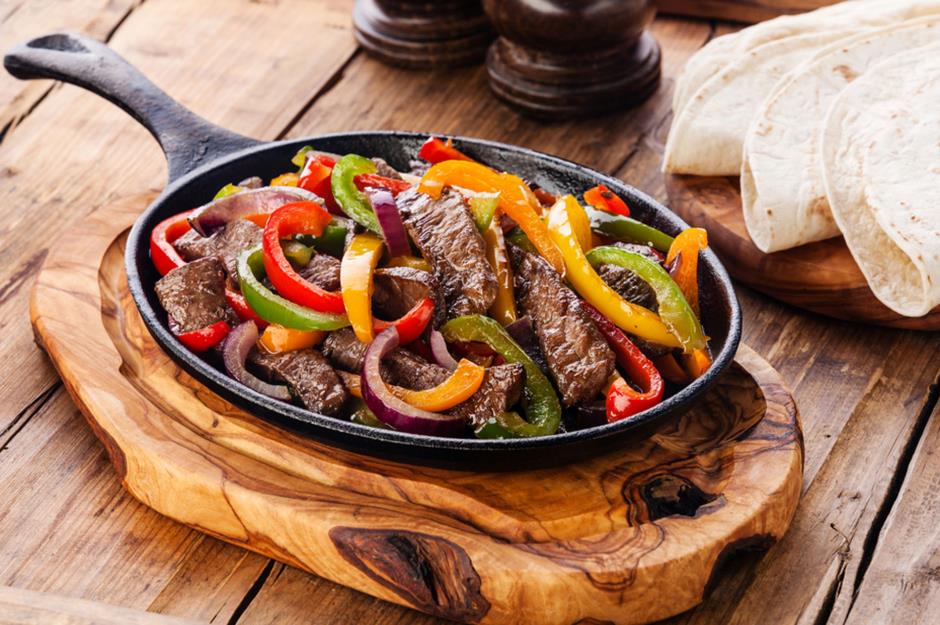
Lisovskaya Natalia/Shutterstock
Fajitas is a Spanish word so you’d be forgiven for thinking that the dish is Spanish. But the fajita dish we know today is American, or Tex-Mex to be precise. The dish is thought to have evolved in the 1930s around the campfires of cattle round-ups before making its way into Texan restaurants and onto food stands.
Fish and chips
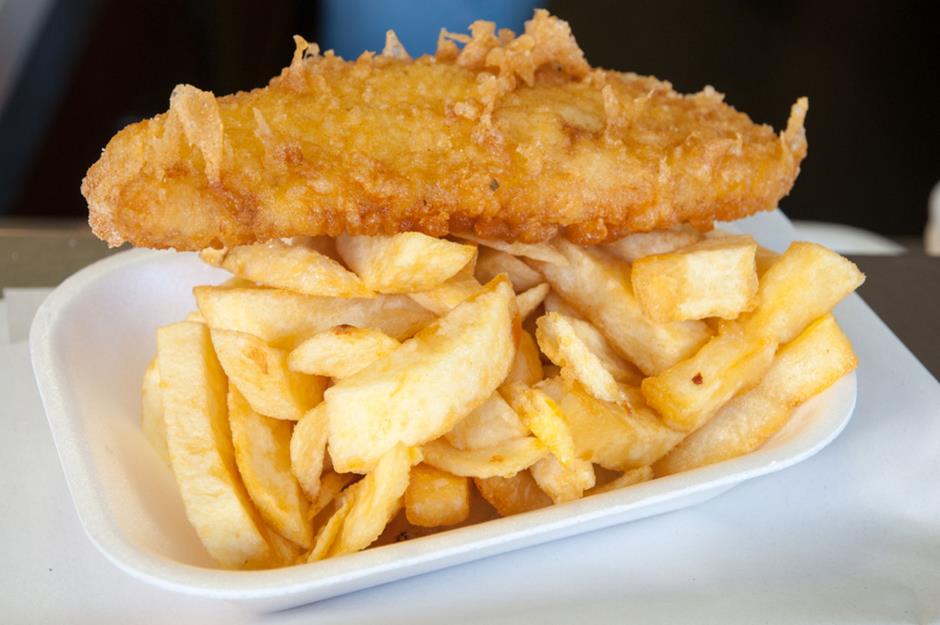
Alex Segre/Shutterstock
Ask any Brit worth their salt (and vinegar) what the UK’s most-loved dish is and the answer is fish and chips. It became especially popular with the working class at a time when fishing was a major British industry and better transport methods allowed more people to eat fish. Yet fish fried in flour, and later batter, was brought to England by Spanish and Portuguese Jewish refugees, and London’s first fish and chip shop sold ‘fish fried in the Jewish fashion’.
French fries

Sapunova Svetlana/Shutterstock
Hamburger and fries – it’s a quintessentially American meal. But those long, stringy fried potatoes aren’t American or even French. They’re likely to have been of Belgian origin, though many people in France, which borders Belgium, dispute this – a debate that shows no sign of abating.
Funnel cakes
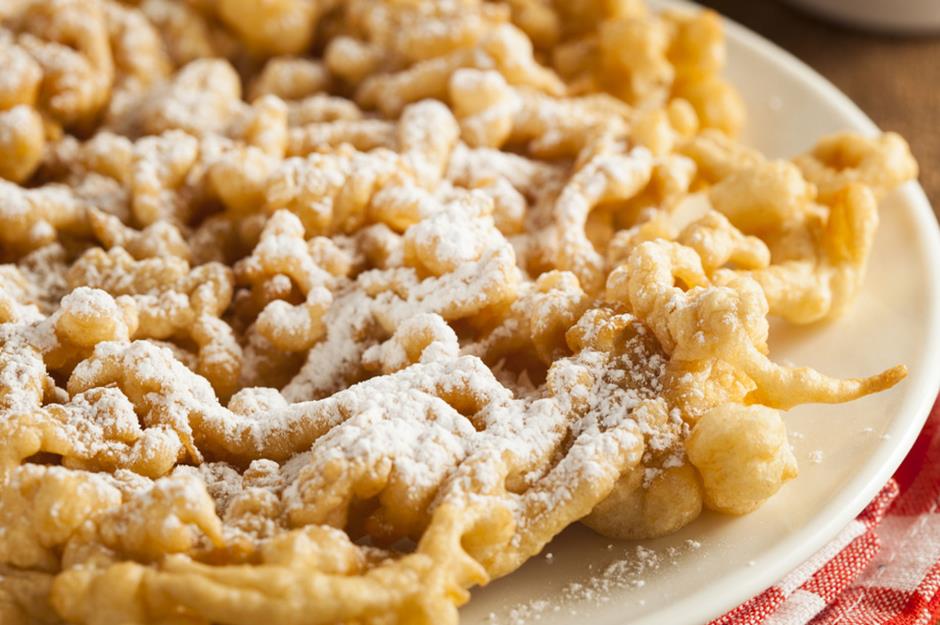
Brent Hofacker/Shutterstock
Funnel cakes are as common as cotton candy at fun fairs and carnivals in America yet this sweet treat’s origins lie in the Middle East, via Western Europe. It’s the Pennsylvania Dutch, who were German-speaking immigrants, that introduced a version to America.
General Tso’s chicken
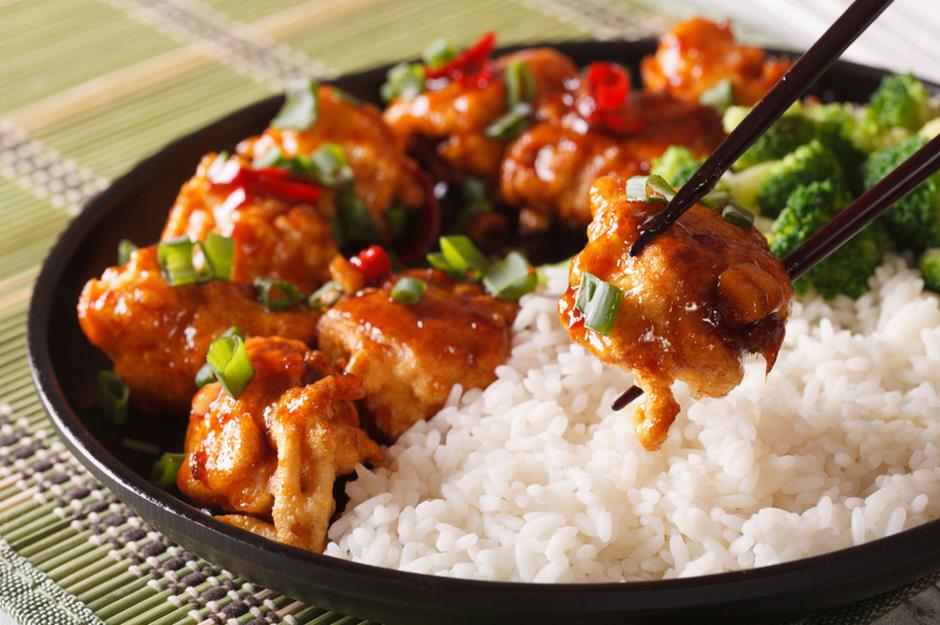
AS Food Studio/Shutterstock
This spicy chicken dish is named after a great Chinese military leader and features on menus in Chinese restaurants so you’d expect it to be Chinese. But it was actually invented in New York, either by Peng’s Restaurant on East 44th Street or Shun Lee Palace on East 55th Street. The likelihood is that it was inspired by a Hunan dish but made crispier and sweeter to suit Western tastes.
Gumbo

Aimee M Lee/Shutterstock
Although gumbo is an intrinsic part of Louisiana’s famous Creole cuisine, ngombo, from which the word gumbo derives, is Angolan for okra, an ingredient in many West African dishes. It’s probable that a similar dish was brought over with African slaves then, over time, French, Spanish and local influences were incorporated until it became what it is today.
Jambalaya
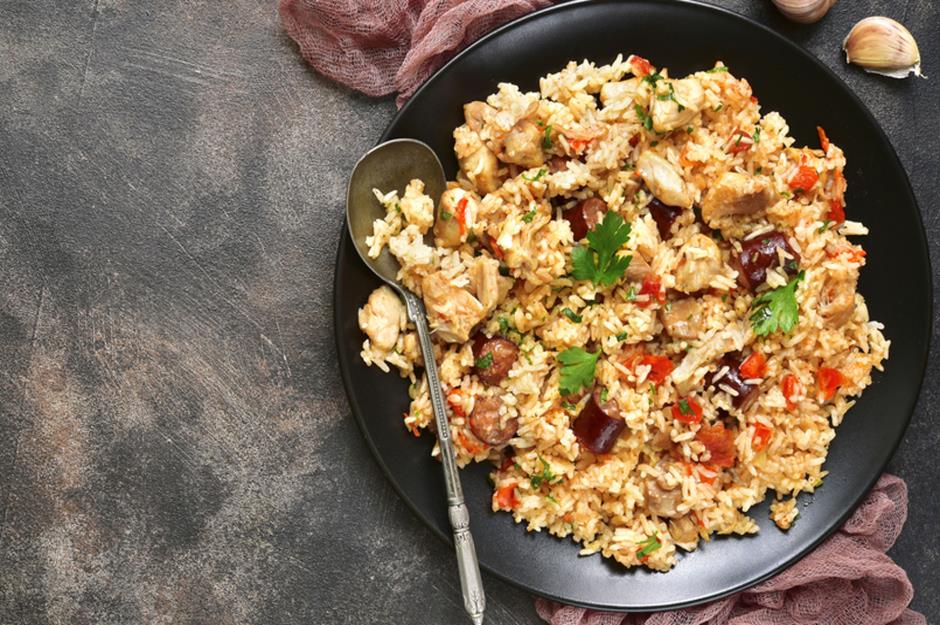
Liliya Kandrashevich/Shutterstock
It’s a similar story for jambalaya, another Louisiana Creole dish that, because of the plethora of immigrants settling in the US at that time, has strong European links. It’s most closely related to paella (Spain) and jambalaia (Provencal France) but, like gumbo, has adjusted in accordance to the local ingredients available.
Hot dogs

Joyce Vincent/Shutterstock
It’s an unwritten rule that no baseball game can be fully enjoyed without a hot dog in hand. And for this we say thank you Germany! Frankfurter steamed pork sausages originated in Frankfurt, Germany, hence the name, and German immigrants to the US were known to put sausages in bread as a cheap snack. However, the name ‘hot dog’, and the consumption of them at sports games, are American inventions.
Ketchup
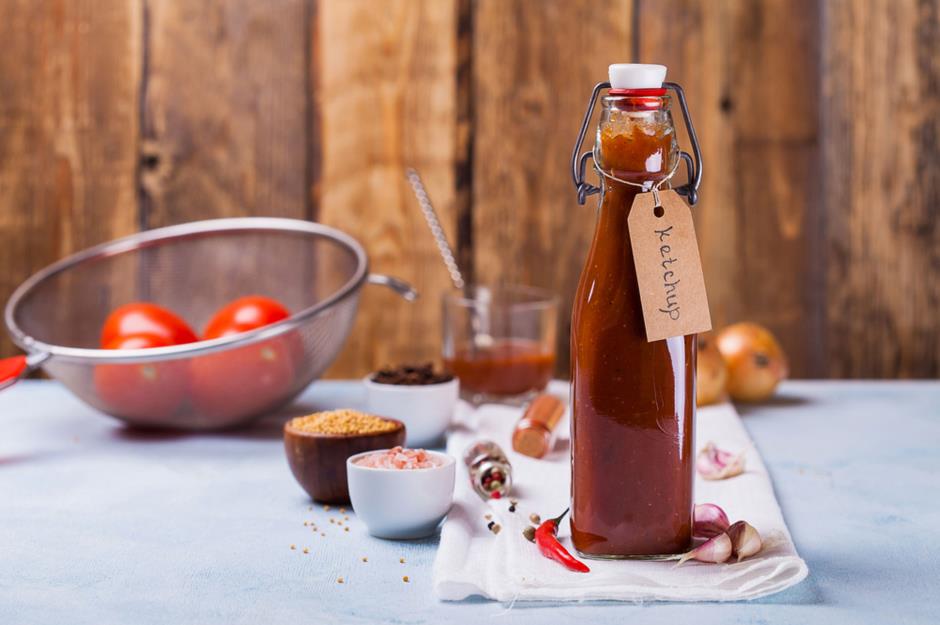
Daria Saveleva/Shutterstock
We have it on our fries and lots more besides but this very Western condiment has its roots in Asia. The word derives from the 17th-century Chinese Amoy, kê-chiap, a fishy spicy blend that evolved into a mushroom sauce then into the tomato variety we enjoy today.
Pandesal
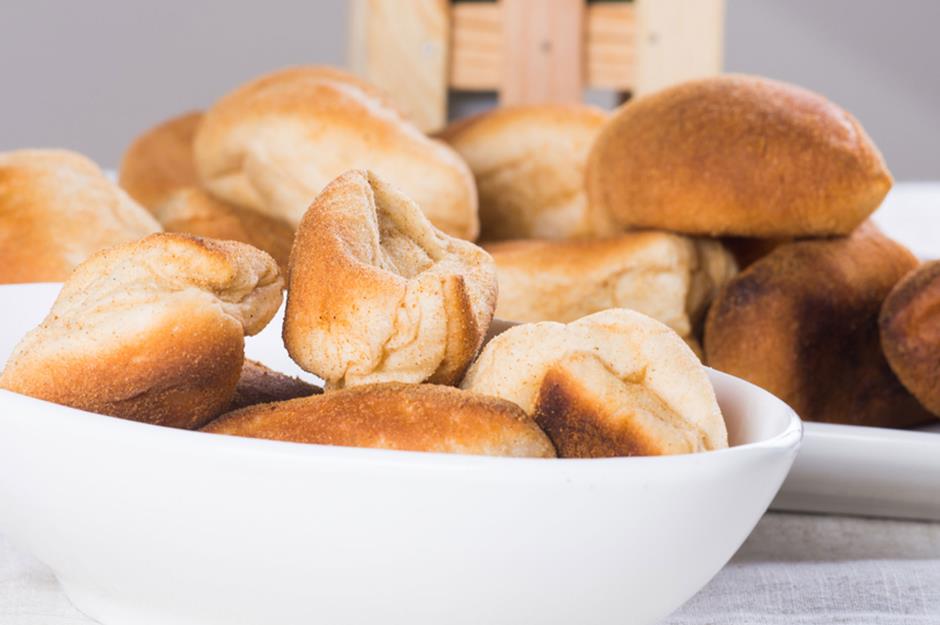
Richardernestyap/Shutterstock
These soft, slightly sweet bread rolls, which are commonplace in the Philippines, were created for Spanish or possibly Portuguese colonists who, as Catholics, required some sort of sacramental bread in a country that largely ate rice at that time.
Pao de queijo
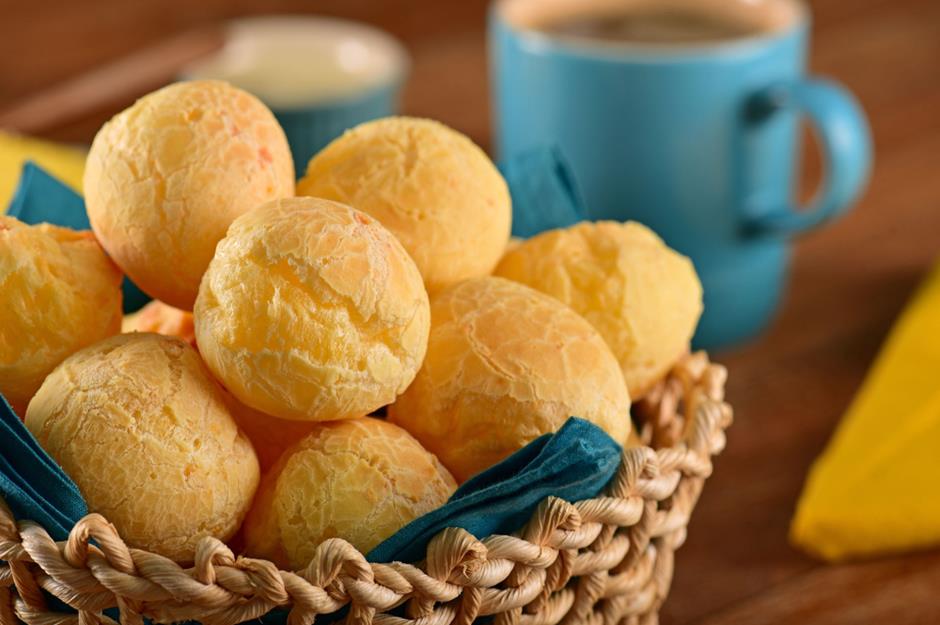
Marcello Krelling/Shutterstock
Pao de queijo are small baked cheese rolls that are ubiquitous in Brazil but, like a lot of Brazilian food, they are not indigenous to the country but were the work of resourceful African slaves who made bread balls from cassava root. The addition of cheese and milk came later, towards the end of the 19th century, when dairy became more widely available.
Pasta primavera
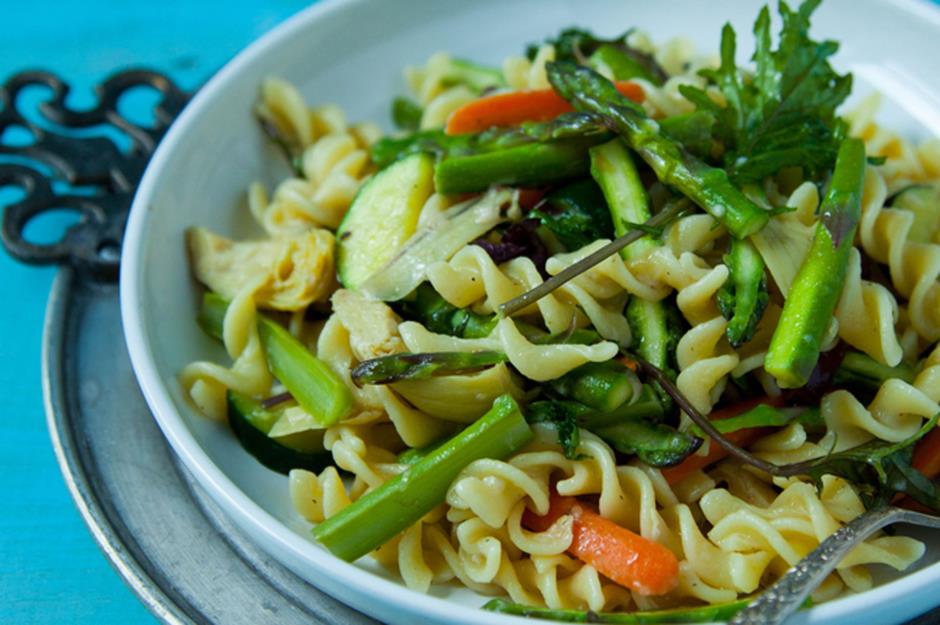
Ivanka Lalicki/Shutterstock
It’s a pasta dish but it’s not Italian – chefs conjured up this fresh veggie version at the swanky Le Cirque restaurant in New York in the 1970s when nouvelle cuisine was all the rage.
Pizza
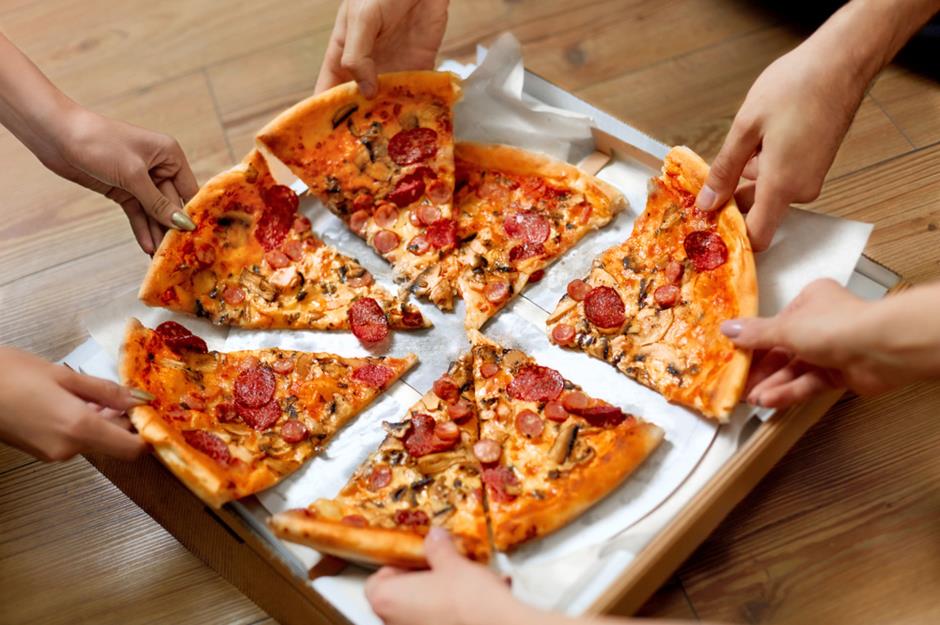
Puhhha/Shutterstock
Pizza is seen as Italian through and through, and its birthplace regarded as the city of Naples, though there’s proof of earlier forms of flatbreads spread with toppings going as far back as ancient Greece, Persia and even the Neolithic age.
Spaghetti bolognese

3523 Studio/Shutterstock
Spaghetti bolognese (also known as spaghetti with sauce) isn’t recognizable to Italians. The closest dish in Italy is ragu alla bolognese but that’s never served with spaghetti – tagliatelle is always used. Spaghetti bolognese is a prime example of a recipe that’s adapted according to what’s available in the kitchen cupboard – and what kids will eat. As a result it’s become hugely popular in North America and Western Europe.
Vindaloo
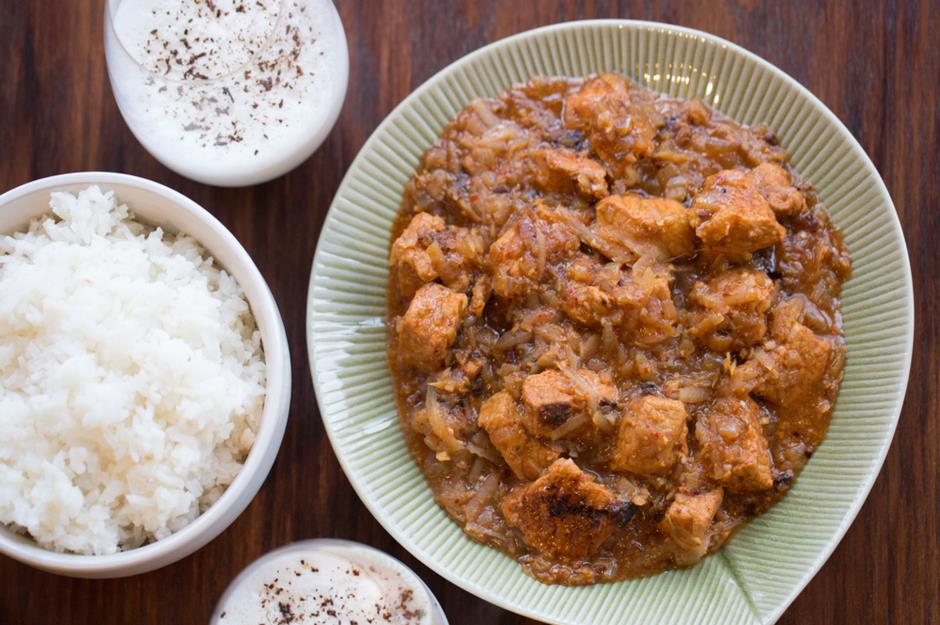
Matthew Clemente/Shutterstock
This hot and spicy Goan dish, from one of India’s southern states, isn’t actually Indian but a variation of carne de vinha d’alhos, a Portuguese dish that was made by local cooks using regional ingredients when Goa was a Portuguese colony. The base of the dish is usually pork but contemporary vindaloos outside of Goa contain chicken or lamb.
Comments
Do you want to comment on this article? You need to be signed in for this feature